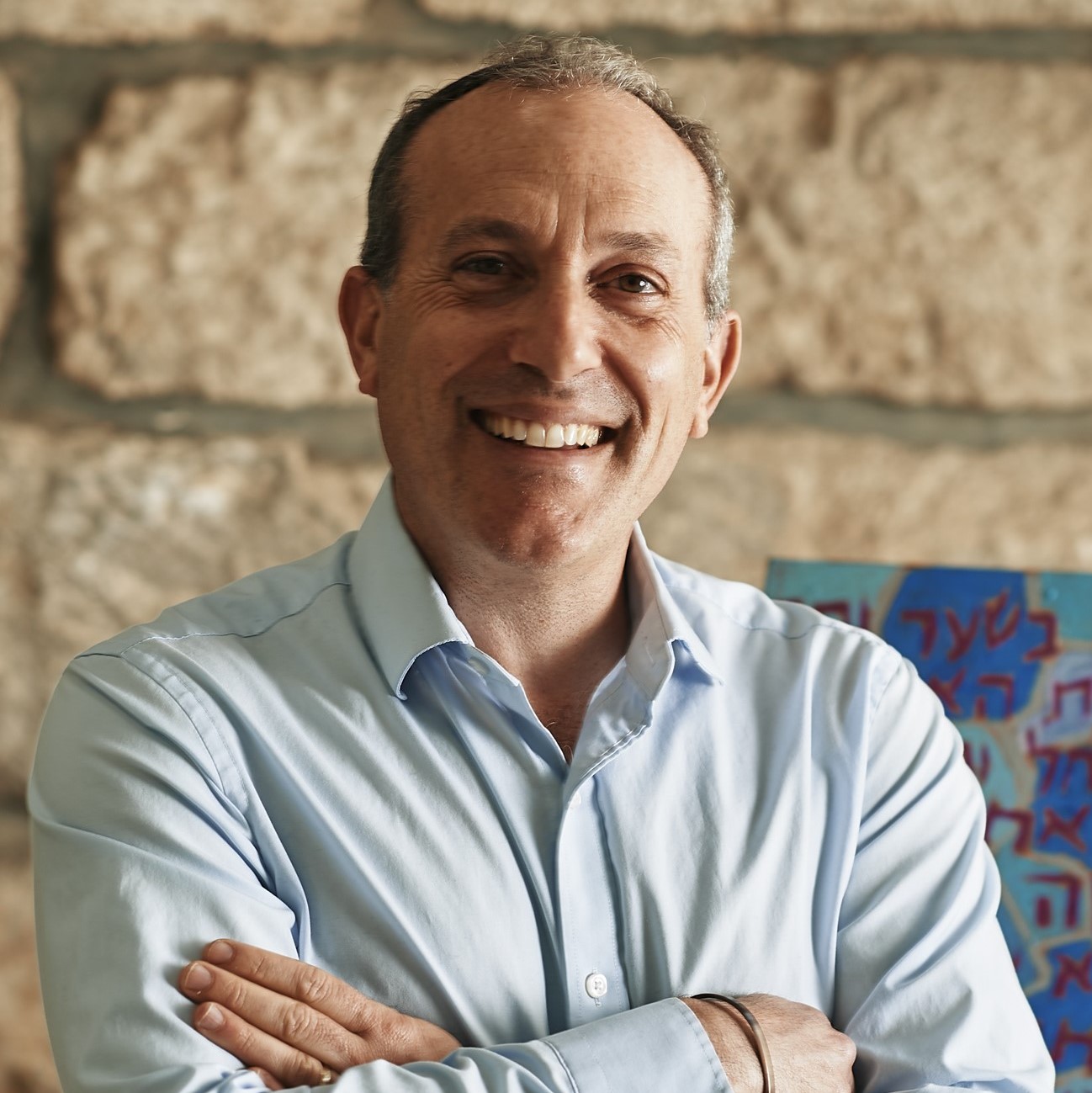Being in the Land

Parashat Vayetzei opens with Jacob’s flight from the Land of Israel. As a result of his deception and betrayal, Jacob is forced to flee from the murderous intent of his brother Esau. His parents, Isaac and Rebekah, urge him to return to the “old country,” where he will hopefully find both a worthy mate and a better future. The fear and uncertainty surrounding Jacob’s journey lead to the mysterious episode with which the parashah opens. Genesis 28 narrates, “Jacob came upon a certain place and stopped there for the night . . . Taking one of the stones of that place, he put it under his head . . . He had a dream; a stairway was set . . . and angels of God were ascending and descending.” Strikingly, God reiterates the promise of the inheritance of the land to Jacob and his descendants, a vow made to his grandfather before: “I am the Lord, the God of your father Abraham and the God of Isaac: the ground on which you are lying I will assign to you and your offspring.” Yet, on closer examination of the divine promise, we discover a subtle but dramatic difference between God’s promise to Abraham and the promise to Jacob. God tells Abraham, “Lift up your eyes and see the place where you are . . . for all of this land I will give to you and to your seed for eternity” (Gen. 13:14–15). What is the qualitative nature of these two promises? And how may we derive meaning from them today, especially with regard to our own relationship with Israel?
Meir Shalev, prolific and poetic modern Israeli author, comments on the difference between these promises in his remarkable work Reishit (In the Beginning), a book about the first occurrences of various events and phenomena in the Torah. Shalev writes that the essence of Abraham’s promise is connected to the eye (sight and seeing); Jacob’s promise is connected to his body (the physical connection of his body resting on the land). To be sure, Shalev writes,
[T]he eye beholds a vast area that is far greater than the body which rests on a small parcel of land. But seeing does not involve the same intimacy as physically resting upon something. From here we see that Abraham had a fleeting, distant and relatively cold relationship to the Land of Israel—distant and abstract—as only the sense of sight could impart. In sharp contrast we have the figure of Jacob—who had complete and direct contact with the land—contact between the land and his body, between man and the soil of the earth. (Reishit, 35 [translated from the Hebrew])
In many ways, we are witness to the paradox of the promise of the Land. Despite the promise given to Abraham, Jacob is forced to flee as a result of tragic familial circumstances. Still, Meir Shalev’s keen sensitivity and literary eye leads us to a deeper understanding of the differing relationships of our ancestors to the Land of Israel. While Abraham’s was one of sight and relative distance, Jacob’s was one of contact and physical connection. This remarkable reading teaches us a great deal about our own relationships with the Land of Israel.
While it is important to keep our eyes upon the Jewish homeland, seeing from a distance is insufficient. We need to become part of the story. And the way we become part of this modern day miracle is by making ourselves physically present in the land. Living in Israel is indeed a sacred endeavor and treasured mitzvah. And frequent visits to Israel are no less important and vital to energize the Israel-Diaspora relationship. May we live with the keen sight of Abraham and the physical connection of Jacob—continually strengthening our ties and bonds to the promised homeland of Israel.
The publication and distribution of A Taste of Torah are made possible by a generous grant from Sam and Marilee Susi.



